Phetchaburi province is mostly known for its beach resort town Cha-Am, a favourite escape for many Thais and foreigners who live in Bangkok. But there’s much more to this province than the seafood restaurants and the beach life. How about historical and religious parks, tribal villages, dams, wildlife, and camping for an alternative?
Located at about 170 km southwest of Bangkok, Phetchaburi province is bordered by Myanmar in the west and the Gulf of Thailand to the east. Phetchaburi city traces its history all the way back to the 8th century when Burmese Mon controlled the area but was later encompassed in the Khmer Empire. In the second half of the 1800s, Phetchaburi gained favour with King Rama VI who built a palace here in 1860 known as Khao Wang. Actually, the seal of the province shows this palace in the background.
On your next weekend trip to Phetchaburi, make sure you don’t miss the following five destinations: Phra Nakhon Kiri Historical Park, Kannon Religious Park, Lao Song Tribal Villages, Kaeng Krachan Dam, and Kaeng Krachan National Park.
- Phra Nakhon Kiri Historical Park
Known to the locals as Khao Wang, which translates as “hill with palace,” Phra Nakhon Kiri is a historical park located up a 92 m high hill. Literally, the name of the park in Thai means “Holy City Hill” and its location offers a great view of Phetchaburi city.
The park is divided into three sections, each with its own architectural features built on the three peaks of the hill. On the western peak there’s a palace, on the central peak there’s a chedi (Buddhist stupa), and on the eastern peak there’s a royal temple. The palace also dubs as a national museum and the steps leading up to it are flanked by curious monkeys on the lookout for loose accessories or the snacks you’re eating.
- Kannon Park
You can stroll in the Land of Mahayana Taoism in Kannon Park, an outdoor religious complex which offers a nice alternative to the typical Thai Theravada Buddhist shrines and temples.
Numerous Chinese deity statues and shrines dot the park. These blend perfectly with Lao Tzu’s stated goal of Taoism: “to be one with nature.” There are sand-filled receptacles to burn your incense sticks in and donation boxes in front of every statue, so it shouldn’t be difficult to get some favour with the gods. The park is littered with bridges over small ponds, pavilions for resting areas, and the usual vermillion decorations specific to Chinese temples.
- Lao Song Tribal Villages
The Lao Song are an ethnic group that traces its origins to the Loas people and are also known in Thailand as Song Dam (Black Song) because of their custom of wearing all black clothes. They were enslaved by the Siamese when Siam annexed Laos during the 18th and 19th centuries but later on they were also used as guards for the royal courts.
The Lao Song Tribal Villages of Phetchaburi are a great place to learn more about their customs and traditions. You can explore their typical thatched-roof houses built high up on stilts and relax on huge verandas, a signature architectural feature. The two villages are called Baan Nong Prong and Baan Thap Khang.
- Kaeng Krachan Dam
Officially opened by the King and Queen of Thailand in 1966, Kaeng Krachan Dam is a multi-purpose hydroelectric dam. Apart from generating electricity, it is also a major source of water for irrigation, fisheries, and even recreational water activities.
Once you get there, you’ll be dumbstruck by the sheer size of everything you see around you. The viewpoint at the top of the dam barrier offers an amazing panorama and a perfect place for selfies and group photos. All around you are the green forests of Kaeng Krachan National Park, but the dam is located outside of the park.
- Kaeng Krachan National Park
Kaeng Krachan, Thailand’s largest national park, should definitely be the place where you’ll spend the night in Phetchaburi. Located on Myanmar’s border, the almost 3000 km2 of the park is covered in thick rainforests and is home to 57 species of mammals, 420 species of birds, and 300 species of butterfly. Basically, it’s heaven on earth for birdwatchers and people who love nature.
But there’s much more you can do at Kaeng Krachan other than hiking and enjoying the ecosystem around you. There are caves you can explore, waterfalls you can climb to, and plenty viewpoints to take your breath away. The campsite is right next to the park’s headquarters and it’s fitted with toilets, showers, restaurants, ATM machines, and small shops.
The entry fee to all national parks is Thailand is quite pricy, so if you have a work permit, carry it with you to get a discount.
From Bangkok, you can travel to Phetchaburi by bus from the Southern Bus Terminal (Sai Tai Mai). The ticket costs about 120 baht and the journey last for two hours. You can also take the train from Hua Lamphong Station and tickets can cost up to 250 baht depending on the type of train you choose. You’ll reach your destinations in four hours, but at least you’ll get a better view out of your window. If you drive your own car, get out of Bangkok on Phetkasem Road and follow the signs.
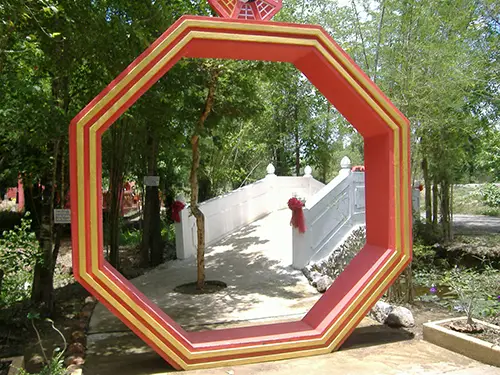
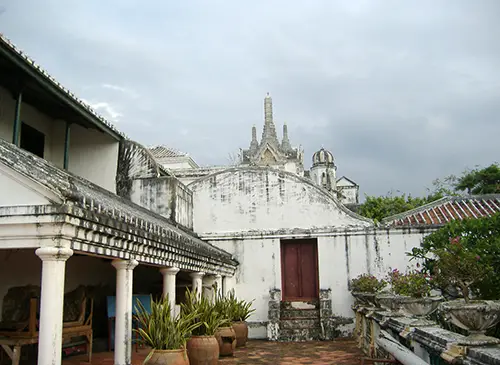
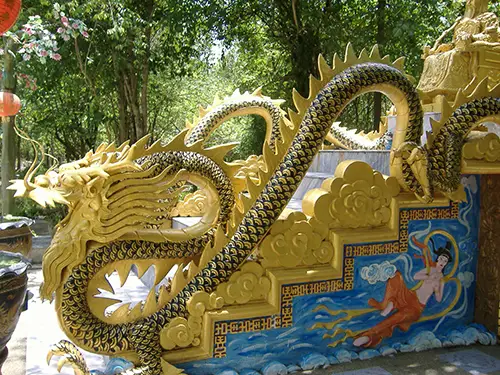
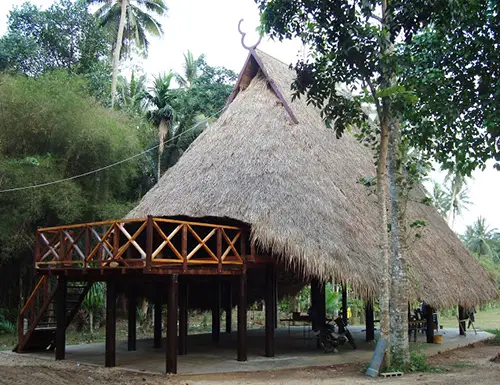
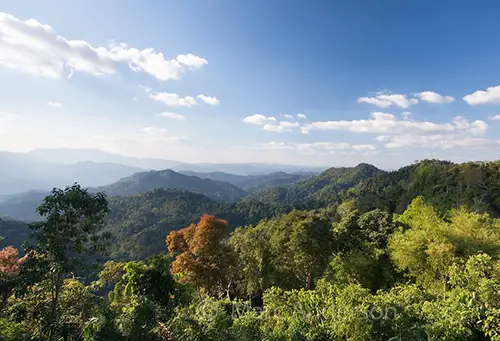
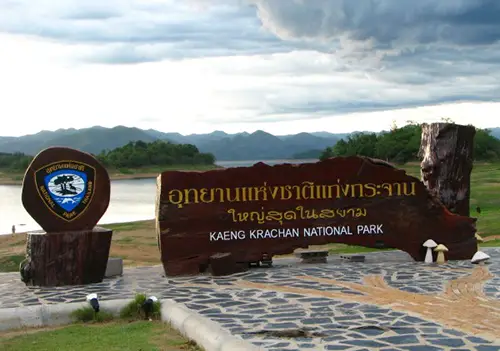
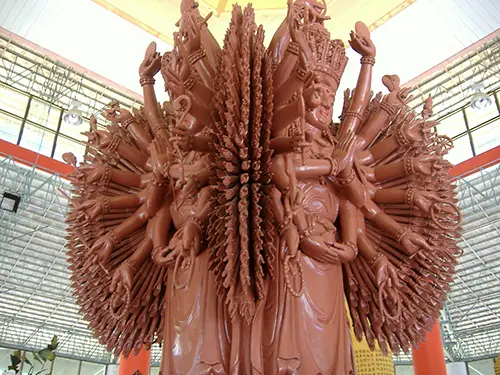

Voicu – love your features on the lesser known tourist attractions in the provinces! Usually when heading out of Bangkok, I tend to look for some places to visit that are a bit off the beaten (tourist) path, so this comes in super helpful. Thanks for putting these together 🙂